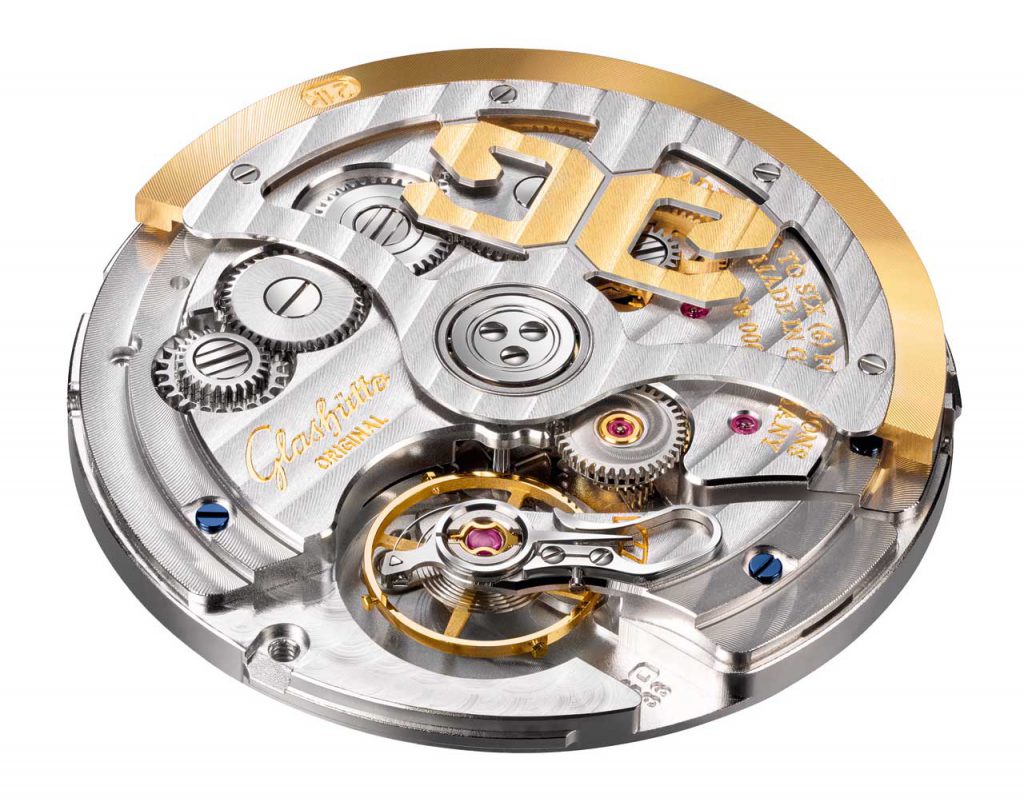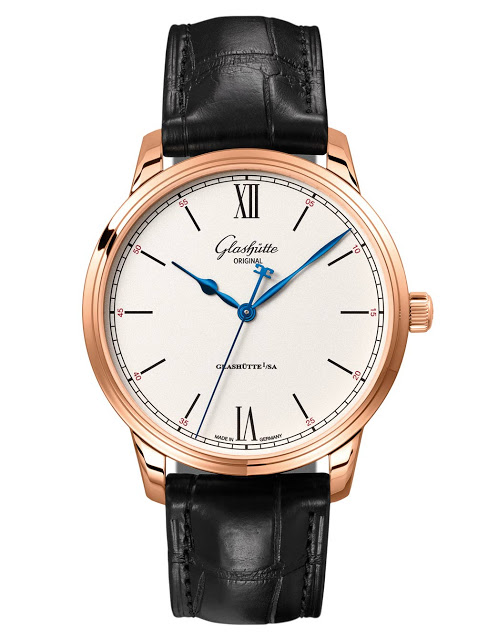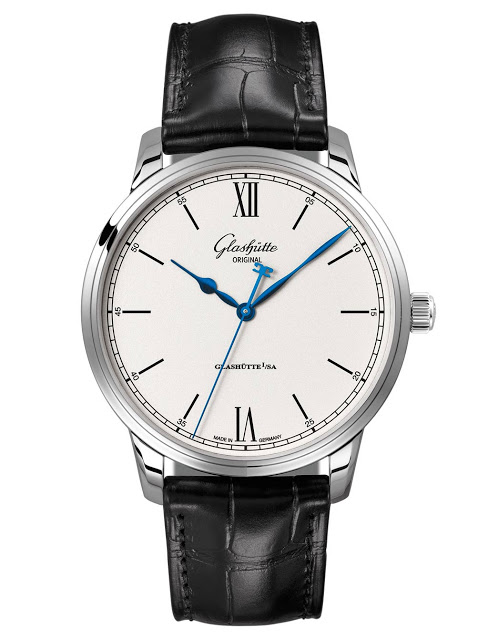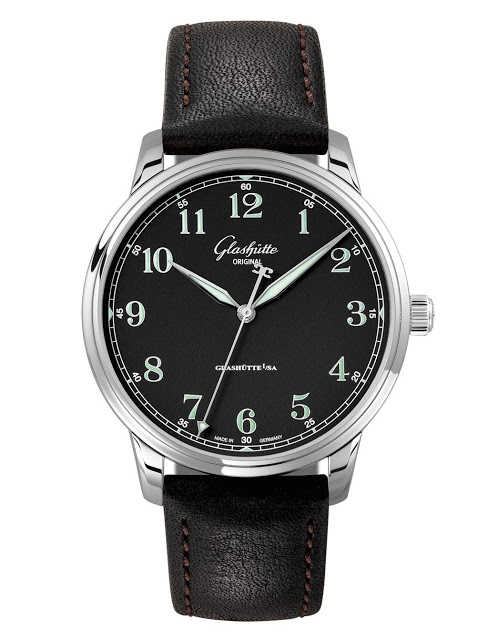By Meor Amri Meor Ayob
At Baselworld 2016, Glashütte Original introduced its latest in-house movement, the Calibre 36. The watchmaker has introduced two primary innovations to this new movement. The first is the use of a silicon balance spring. Although they are not the first watch manufacturer to use such a material, it is the first time for Glashütte Original. The ability to adopt the most modern material goes to show the capability of the designers and the sophistication of its production facility.
In the Calibre 36, the silicon material renders the spring immune to changes in temperature and to magnetic fields. In all conditions, its oscillation is isochronous, in other words, consistent.
The second is a new design for the main spring barrel. By increasing the diameter of the barrel and a smaller arbor (or axle), Glashütte Original made it possible to lengthen the mainspring and sharply increase the number of winding turns. This allows the Calibre 36 to have a power reserve of up to 100 hours at a frequency of 28,800 VpH or 4 Hertz with just one spring barrel.
The Calibre 36 has manual winding as well as automatic winding capabilities. A bi-directional winding mechanism ensures that the watch is able to convert the kinetic energy from the rotor to potential energy in the main springs. In addition, a regulator-free oscillation system makes it possible to adjust the rate using weighted screws directly on the balance rim.
The beautifully decorated Calibre 36 is 33.2 mm in diameter with a height of 4.45 mm. It uses 27 jewel bearings. The rotor is skeletonised and all surfaces have a striped finish with finely wrought decorations on the wheels and rotor track.
The first model series to be powered by the Calibre 36 is the Senator Excellence collection. Three versions will be made available. All three are 40 mm wide and 10 mm tall and paired with leather straps. A slim bezel and the domed sapphire crystal, anti-reflective on both sides, offer a clear view of the simple 3-hand dial. The case-back is also sapphire crystal which allows one to view the new Calibre 36.

The first version (Reference: 1-36-59-02-05-01) is made from red gold. It has a dial with a light, silver-grained lacquer surface along with laser-cut, galvanised black indexes and a corresponding railroad minute ring. The minute numerals are laser-cut and galvanised in luminous red. All three hands are flame treated blue.

The second version (Reference: 1-36-59-01-02-01) is made out of stainless steel. It is similar to the red gold version except for the minute numerals that are laser-cut and galvanised in black.

The third model (Reference: 1-36-59-03-02-01) is characterised by a black varnished dial and finely curved Arabic numerals. Made out of stainless steel, this model uses Super-LumiNova paint on the hands and Arabic numerals to assure optimal legibility even in the dark.
The price of the Glashütte Original Senator Excellence is EUR8,800/USD8,500 in stainless steel (for both white and black dial versions) and EUR15,900/USD15,500 in red gold.
The watch design is simplicity at its best. Glashütte Original was smart enough not in clutter the dial with unnecessary complications (which would mean making the Calibre 36 even more complicated). The dials are evergreen and easy to read. The size is perfect and can be worn on any wrist sizes without making it awkward. This also opens up the market potential for the watch to ladies as well.
What is more gratifying to note is Glashütte Original strategy of making available stainless steel versions of the watch as well. There is a tendency for brands to ‘compensate’ the lack of complications with the use of precious metals. This strategy is deemed necessary to ‘justify’ the high pricing expected of the brand. Luckily, Glashütte Original did not fall into this ‘trap’.
Of the three versions available, I prefer the black dial version with the Arabic numerals. It has the ‘old world’ charm that transcends over the ages. For more info, please visit glashuette-original.com

MEOR AMRI MEOR AYOB – CONTRIBUTING EDITOR
Meor Amri is a passionate watch collector from Kuala Lumpur, Malaysia. Having bitten by the horology bug in 2010, he has written extensively about the watch scene and has assembled a large collection of watches (excessively!!!) on his own free time. His blogs on the same subject are: Eastern Watch & Western Watch Read his articles here



